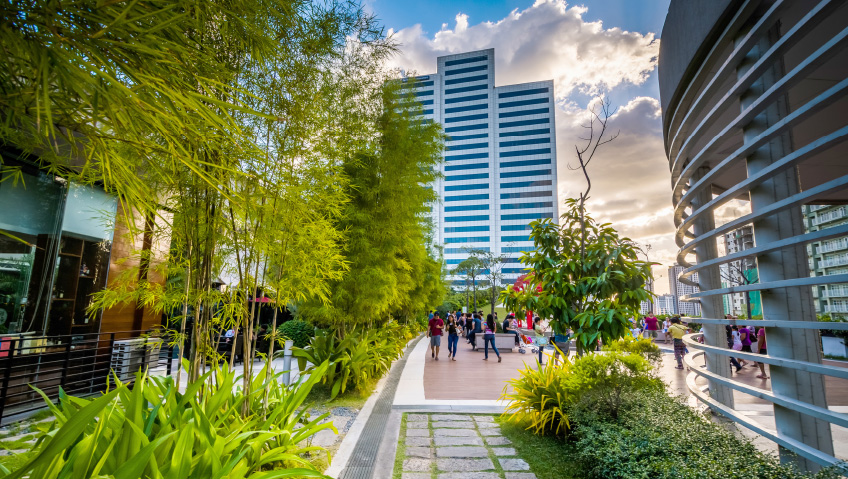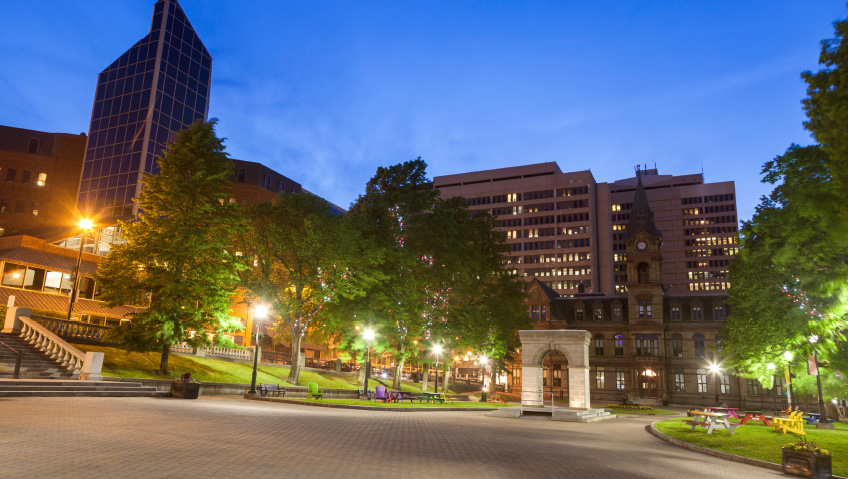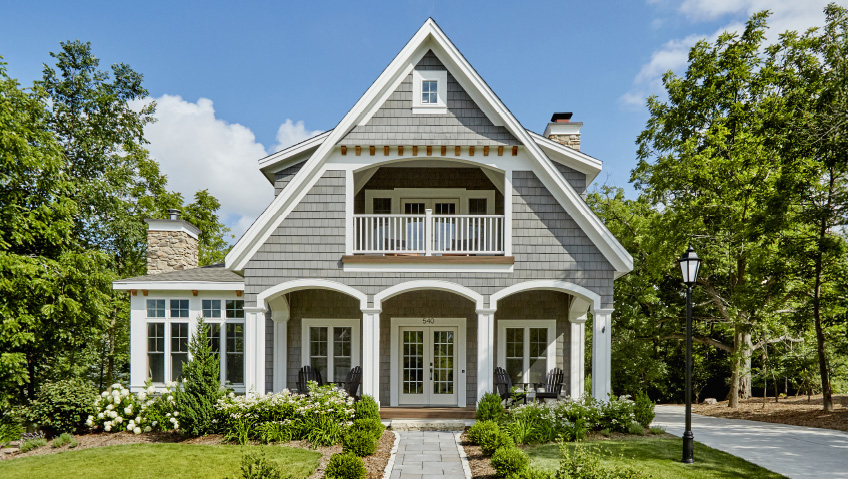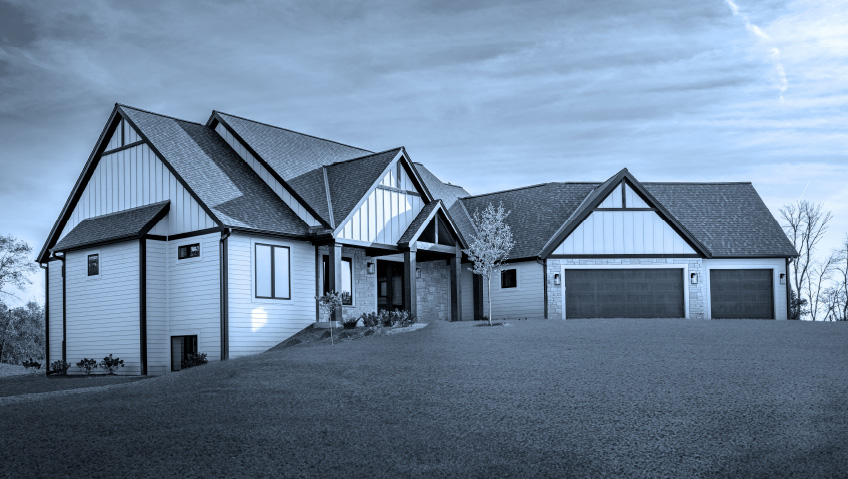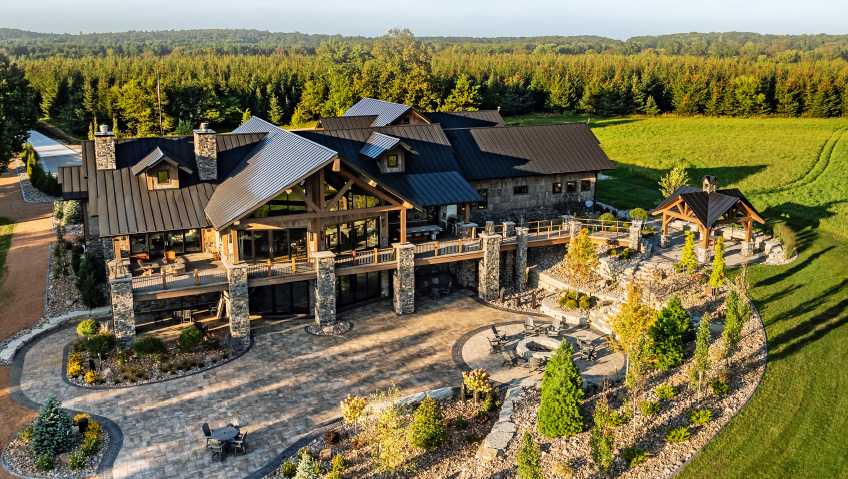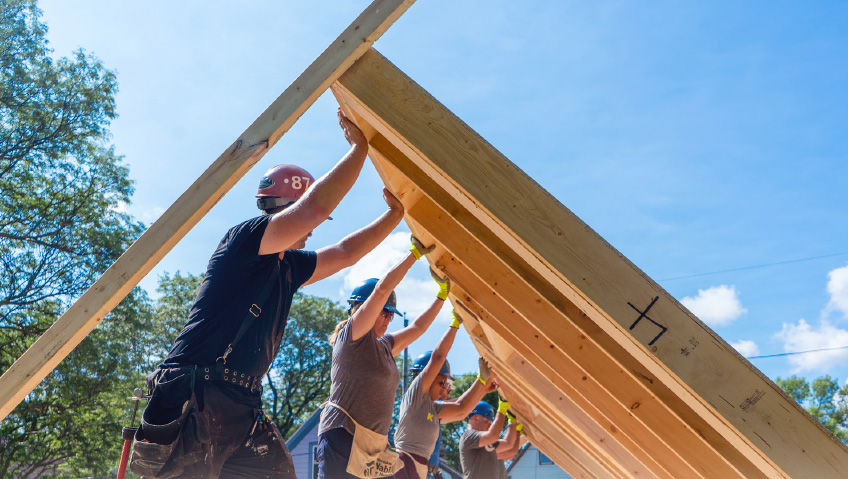Gone are the days of kissing over garden gates. Instead, dense urban areas, especially those designed in the latter half of the previous century, tend to serve as the backdrops to many modern city romances. Even less romantic is the fact that, without adequate green spaces and their accompanying wildlife, such areas are often plagued by flooding due to a lack of open soil to absorb stormwater, and those without the bustling charm that restaurants and coffee shops bring (in lieu of lush gardens and parks) tend to be rather dreary—an effect that has been proven not to enhance the human condition in the long term. Research shows that communities in overly built-up areas lacking parks and other natural elements tend to exhibit a range of social challenges.
In their research paper, Urban density and child health and wellbeing: A scoping review of the literature in Health & Place published in January this year, Luy Dau, Paula Barros, et al report that in Central and North America, Asia, and Europe, nutrition and growth in young children were negatively linked with urban density. Exposure to fresh air, outdoor activity, microbes through soil contact, and natural plant nutrition provide children with stronger immunity. And as healthy families mean healthy communities, the need for children to grow up as close to nature as possible is a significant point of consideration for urban planners looking to build more sustainably and with a greater sense of social and environmental responsibility.
This is by no means a new conversation. As cities the world over begin to realize the future value nature has to offer in protecting human health, infrastructure, and the environment, a growing number of initiatives are seeing the light. One such project in Sheffield, United Kingdom, has refined its game plan to solve major stormwater challenges with its Grey to Green plan. This has led to one road in the city being dubbed “the UK’s longest green street.” The plan harnesses the wisdom and mechanisms of natural ecology by breaking the speed of stormwater and diverting it in ways that draw guidance from nature in its flow and filtering systems.
While there are many examples of similar projects being implemented globally, superstructure greenbelts in urban landscapes recently became a point of interest while writing on the importance of and need for harnessing design to create better social cohesion. Presently, most urban green belts appear to serve as points of passage for wildlife whose movement across their habitat is otherwise impaired by highways. If we consider that humans are as much a part of nature as the rest of the planet’s species, would it not make sense to create superstructures serving human well-being in high-density urban areas lacking the space to build big gardens?
After all, there is more than enough proof that reintroducing nature into urbanized areas holds the key to much happier communities and even lower crime rates, as professors Shackleton, Breetzke, et al from Rhodes University in South Africa found in their research. While other researchers point out that the reduced crime effect is dependent on the type of green space versus the type and existing level of crime, experts note that crime reduction is paramount to creating lasting social cohesion, defined as people’s motivations for remaining within a certain community.
There are currently few true examples available of designers using creative ways of developing such green urban superstructures to their full potential in areas where space is at a premium. Architect Rolando Cedeño de la Cruz is one designer who has taken this concept to the next level. Imagining futuristic cities designed on the premise of incorporating nature to enhance human well-being, the thought leader uses the design elements of modular concrete structures combined with street furniture, softened and enhanced with swathes of greenery and floral accents, to achieve his visions of urban paradise.
The designs promise great efficacy as they invite citizens to interact with one another and the elements. De la Cruz is quoted by Parametric Architecture as saying, “Citizens will be given the chance to tend these gardens and keep them well, building a sense of teamwork and ownership.” Such interactive green spaces are not only beautiful but functional in their crossing over from one part of a city to another, acting as walkways but also as gathering places where people can connect, bridging the gaps in perception, culture, and ideas that exist between them. Cities could begin to see the young shoots of reestablishing genuine community in its original sense. By creating spaces where old and young gather to interact with one another in meaningful ways around the town squares and patios of large homes, multiple generations can share space, tend exquisite gardens to help ease the heat, and escape the grind of everyday life.
While Barcelona successfully reintroduced an aspect of this idea by creating superblocks where traffic is rerouted around large areas of “pacified” city neighborhoods adorned with trees and space for gathering, the concept could also be achieved by incorporating green bridges that offer communities the enjoyment of fully-fledged garden spaces in otherwise hard urban areas.
This bridge garden idea is by no means new. Similar to the New York Highline, a former elevated railway track now turned public park, Seoul implemented its plan to turn a decommissioned overpass highway that had fallen into disrepair into Seoullo 7017, the Seoul Skygarden, in 2017. When the nearly half-century-old road was declared unfit for use in 2006, city planners set about to create a 1-kilometer garden where citizens can spend some valuable time among soul-soothing greenery.
If city planners are to achieve much improved human well-being and return the romance of living to its rightful owners in high-density urban areas by using this concept, they would likely need more to work with than is available at present. To this end, in another range of futuristic superstructure garden bridge designs, Rolando Cedeño de la Cruz again creates an ideal that stands head and shoulders above most existing structures. Holding phenomenal potential for truly elevating high-density living in ways city planning is yet to begin really exploring, bridging the urban garden—and perception—gaps may well become the key to genuine wellness for the city dwellers of the future.

